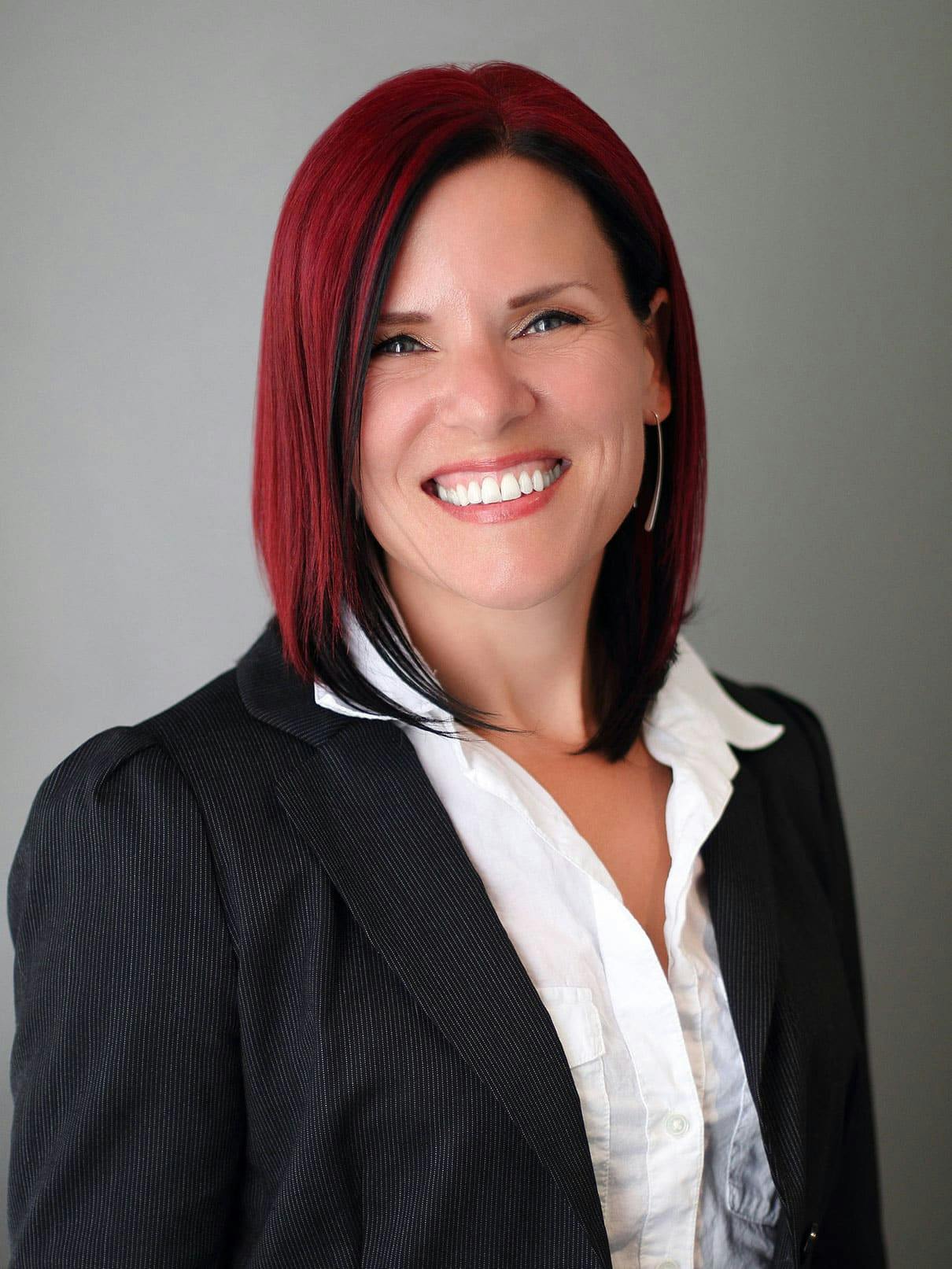
Schedule A Consultation
healing your body for the long run
Contact Us

Dr. Hostetter is a nationally-recognized board certified, fellowship-trained anesthesiologist who built her career specializing in orthopedic and spine surgery with an expertise in regional anesthesia. She brings her expert needling techniques, along with her passion for innovative pain treatment strategies to the field of regenerative medicine, providing stem cell therapy in Seattle.
After earning her MD from the UCLA School of Medicine, Dr. Hostetter completed her anesthesiology residency at Virginia Mason Medical Center. After residency, she was awarded the Moore-Bridenbaugh Regional Anesthesia Research Fellowship, where she honed her interest and skill in pain management through training anesthesia residents and researching alternate ways to treat acute pain.
Regenerative Medicine and Joint Preservation
Dr. Hostetter settled in Seattle and has diligently worked to establish herself as an expert in regenerative cell therapy and joint preservation. Dr. Hosteter is committed to regenerative medicines ability to restore orthopedic function, rejuvenate mental and emotional vitality, and relieve pain without relying on opioid drugs.
“While I have a deep love for the practices of surgery and anesthesiology, I am excited to offer patients an alternative to surgery … a means to repair and restore themselves back to the life they want, doing what they love to do, without the pain and trauma of surgery. This is the direction all of medicine should be going … to help the body heal itself”